flar
Active Member
The Chemical Valley
St. Clair River near Sarnia, Ontario and Port Huron, Michigan

This is a tour of the heavily industrialized region along the St. Clair River in Ontario and Michigan. The area south of Sarnia, Ontario is known as the Chemical Valley and forms the centre of Canada's petrochemical industry. The Chemical Valley is an integral part of the Canadian economy, supplying chemicals and raw materials for the automotive, agricultural, pharmaceutical and other industries. The petrochemical industry began in the 1850s when oil wells were commercialized nearby. Combined with local salt deposits and strategic access to other raw materials via the St. Lawrence Seaway, the chemical industry intensified quickly in the mid 20th century. Today oil is piped in directly from Alberta. Further downstream, Great Lakes freighters supply coal to several large power plants on the American side near St. Clair and Marysville, Michigan, and one on the Canadian side just south of Courtright, Ontario. The smokestacks can be seen for miles and miles and the alien landscapes of the many chemical plants make for some impressive imagery.
1
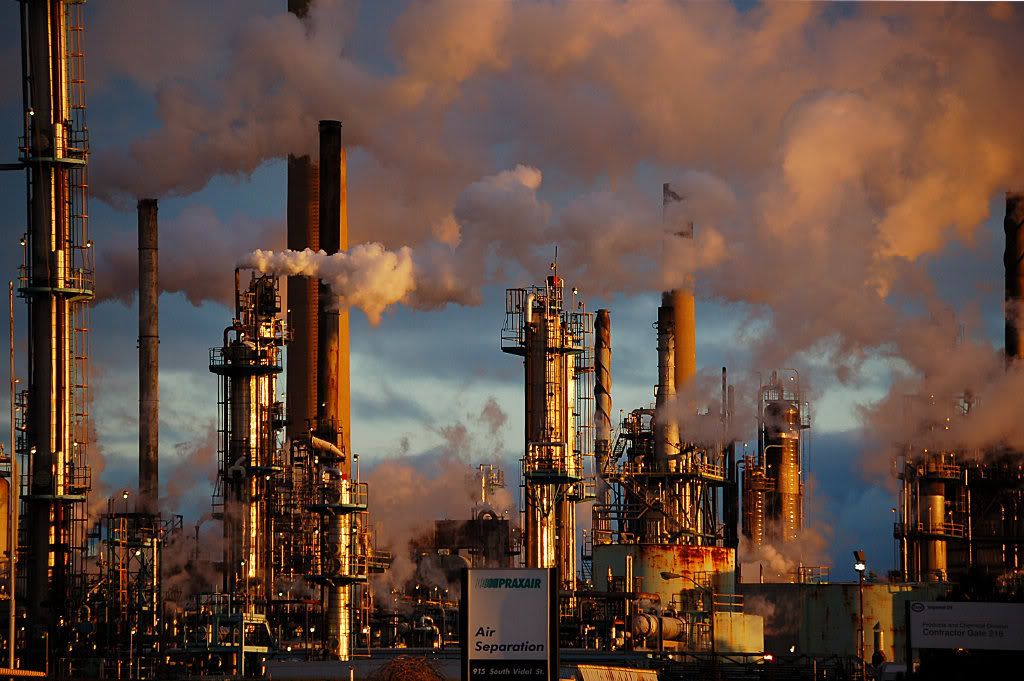
2

3
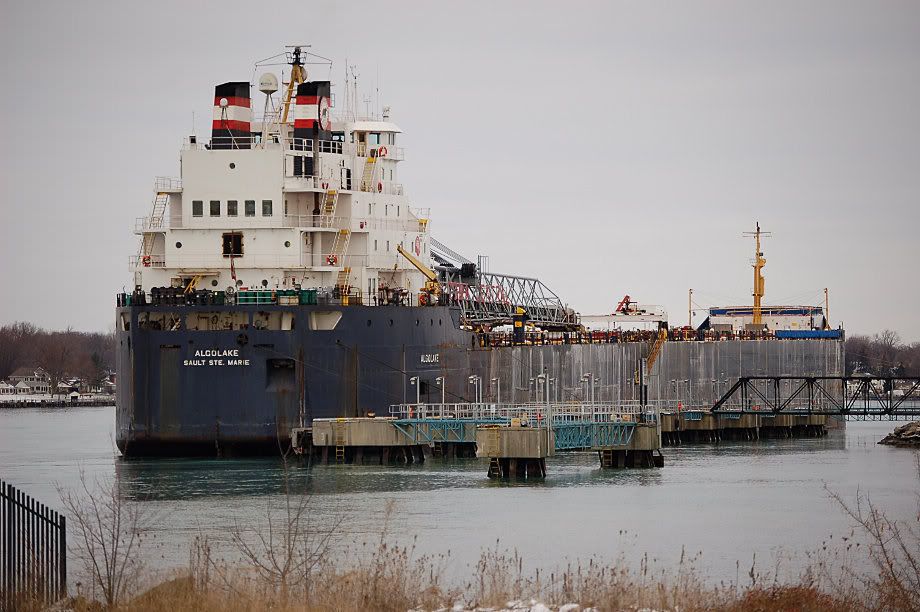
4

5
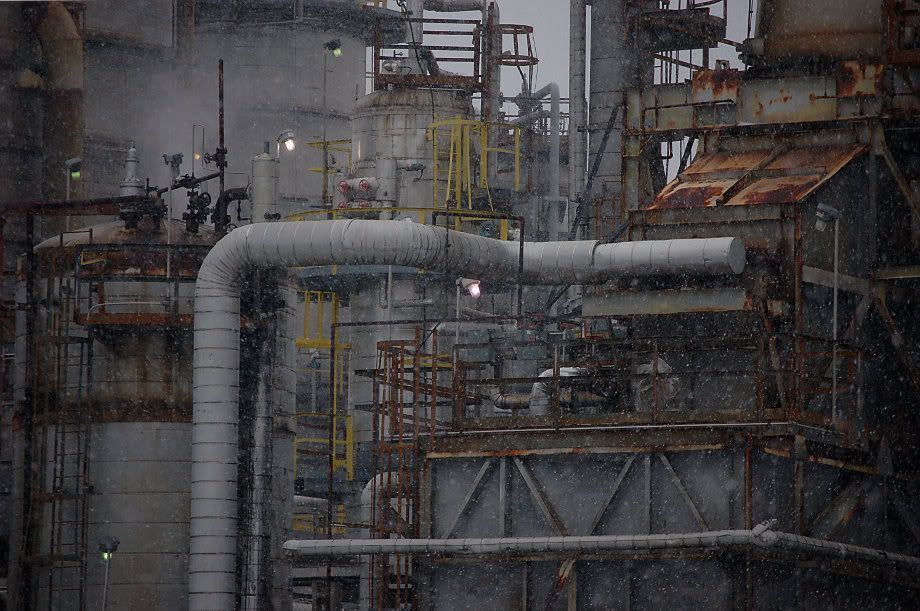
6
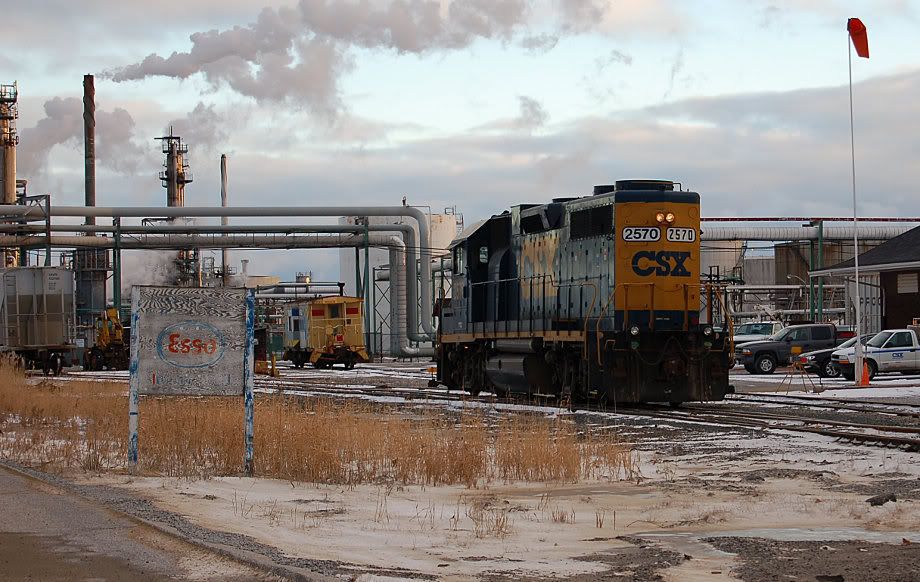
7
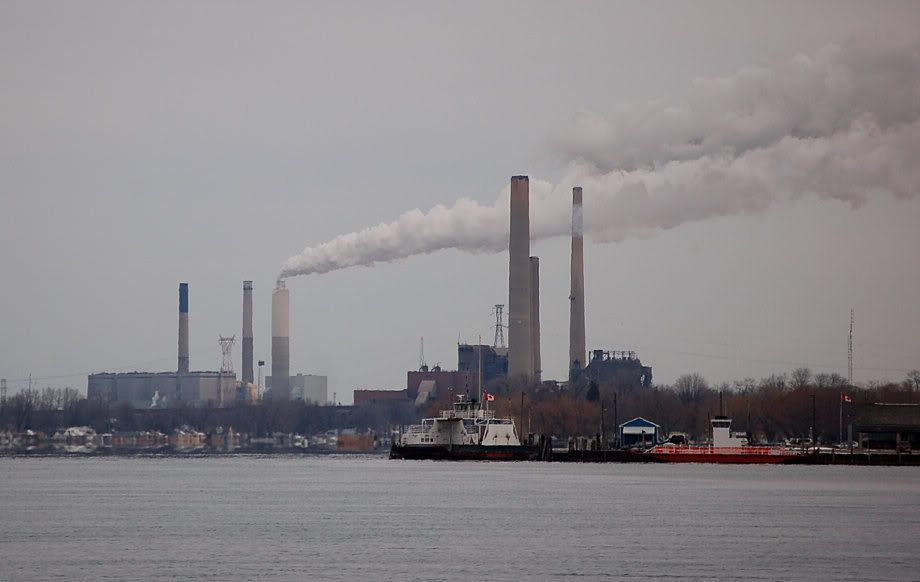
8

9
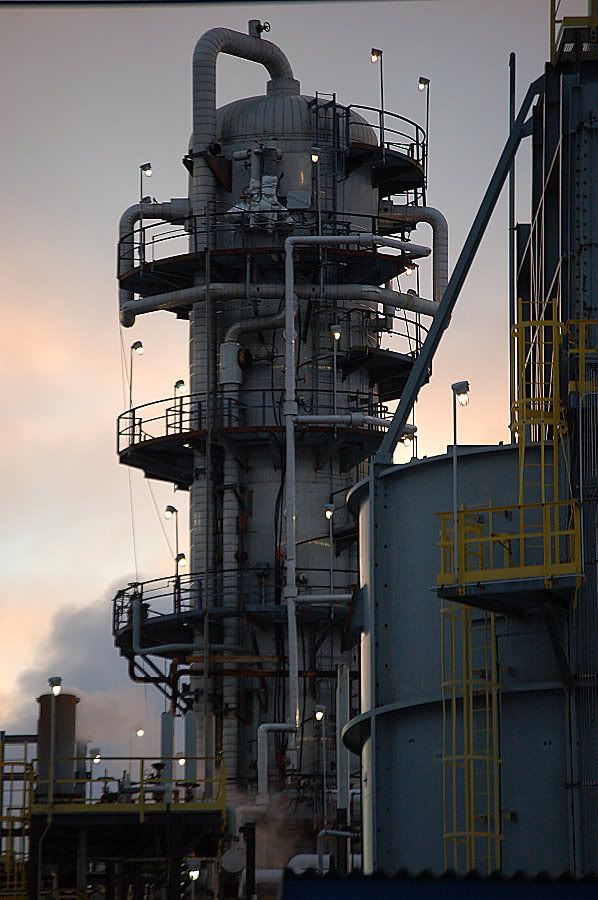
10
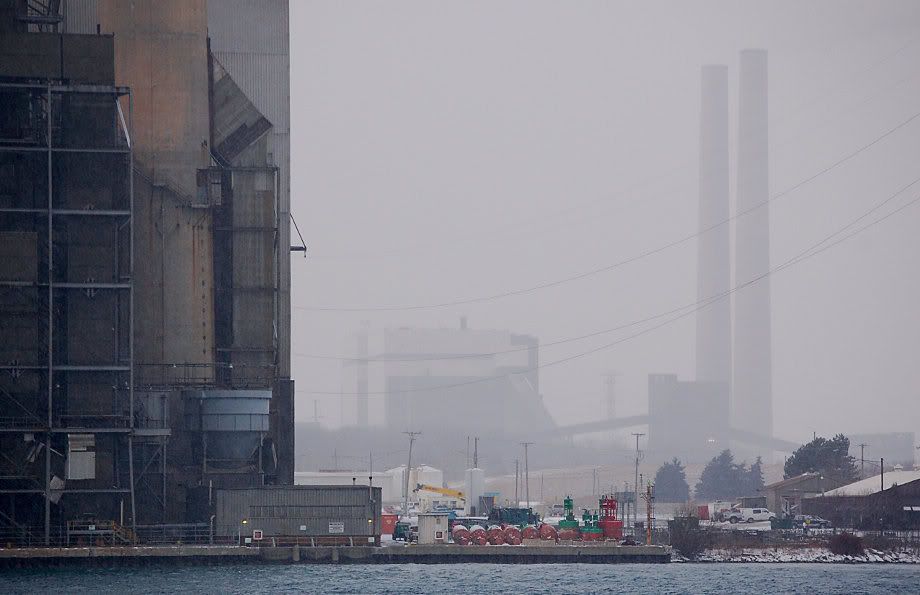
11
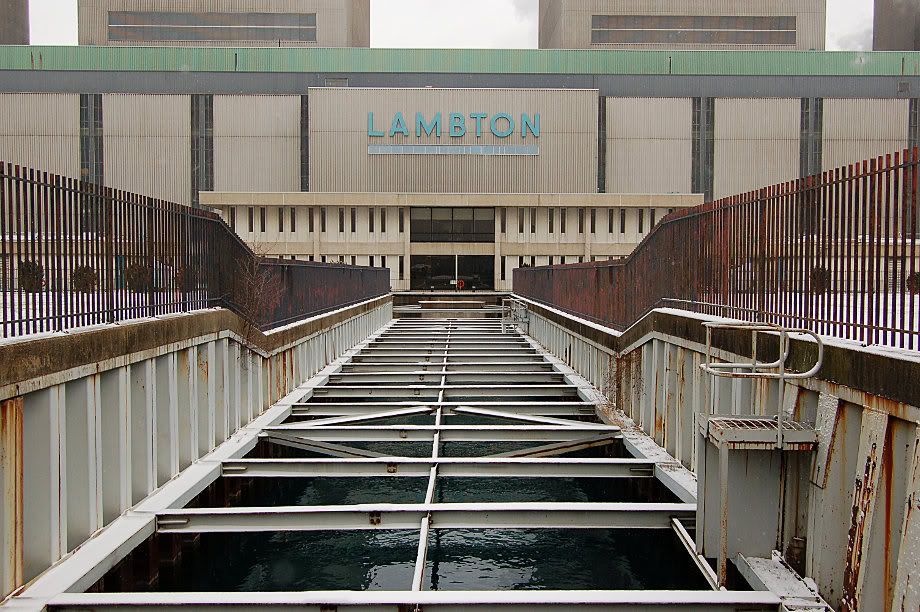
12
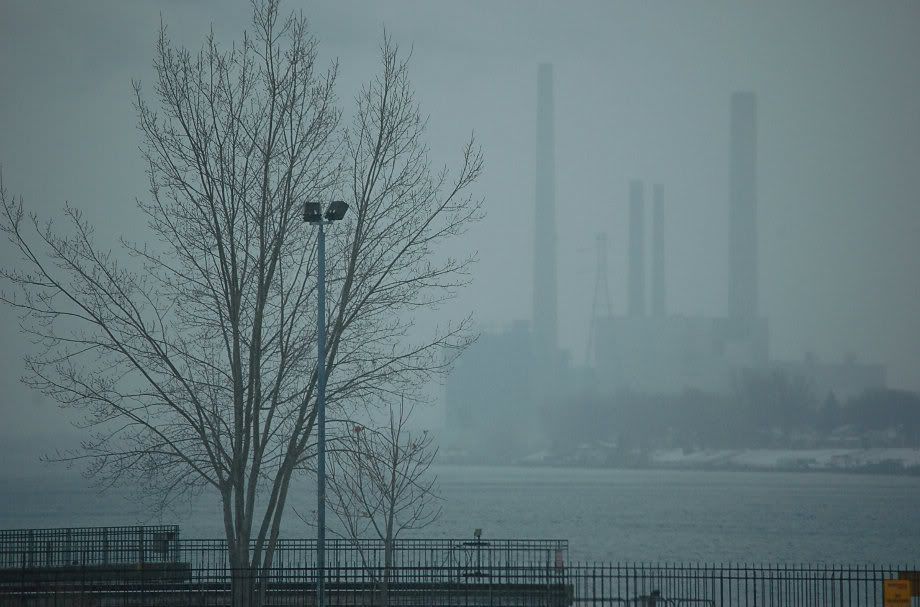
13

14

15
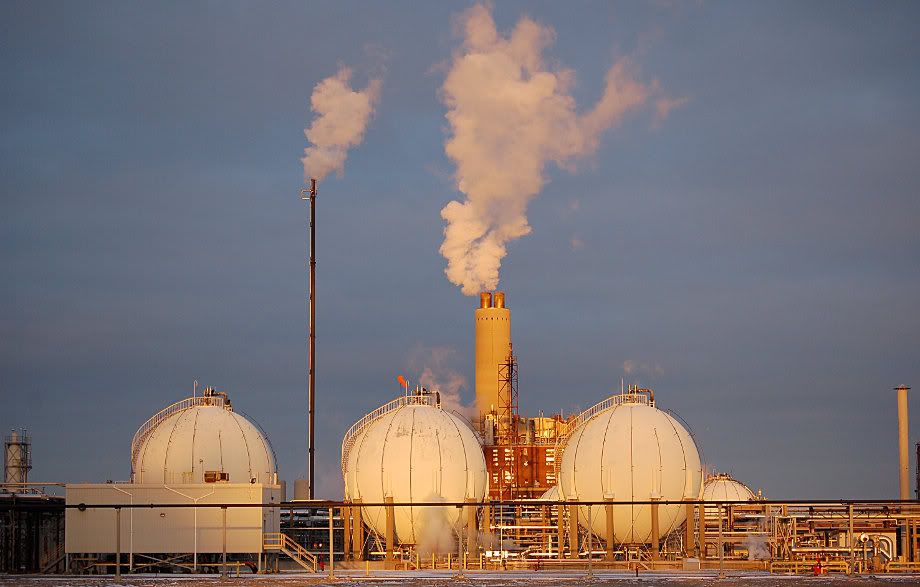
16
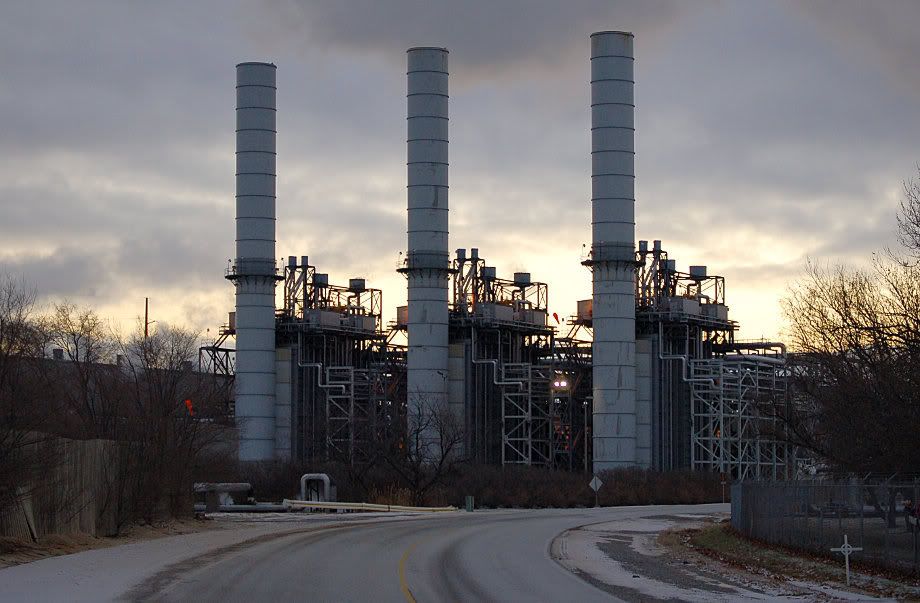
17
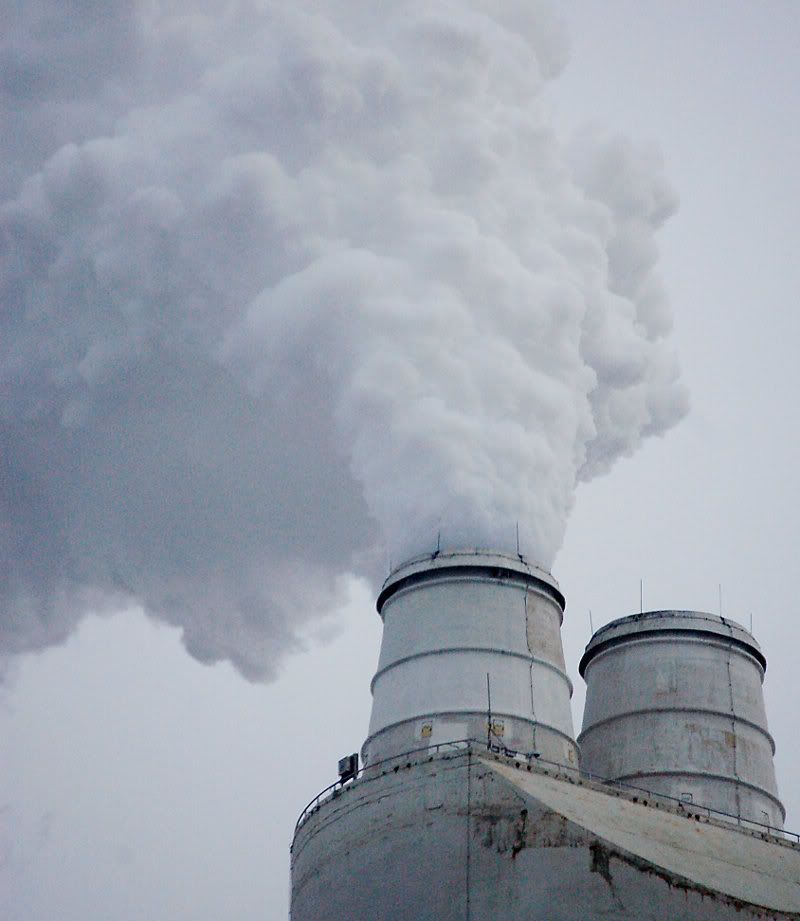
18
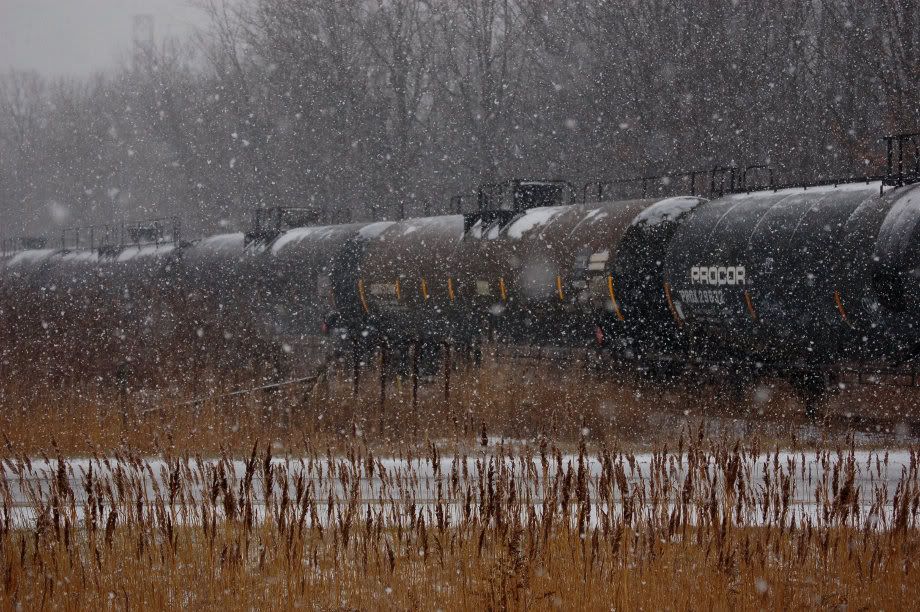
19

20

21

22
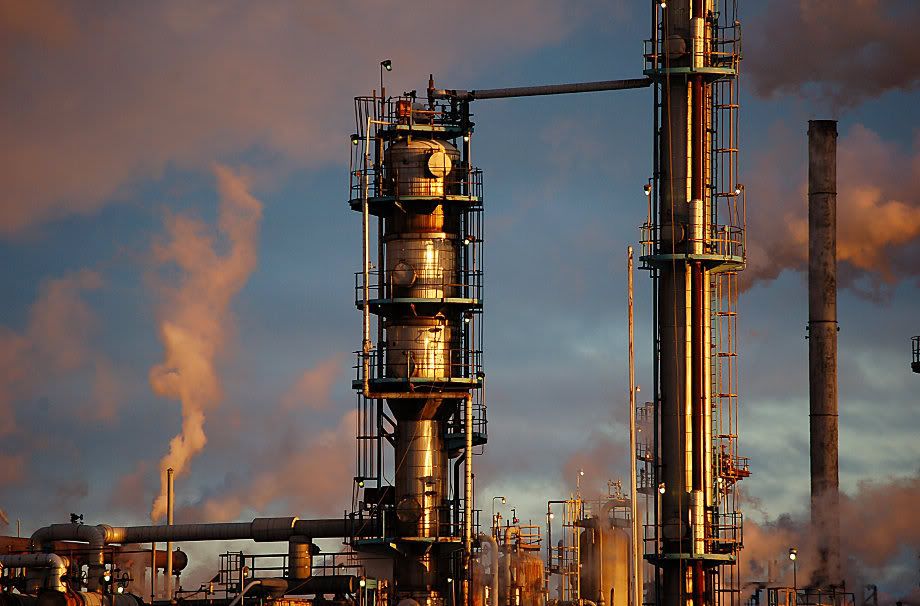
23

24

25

26

27
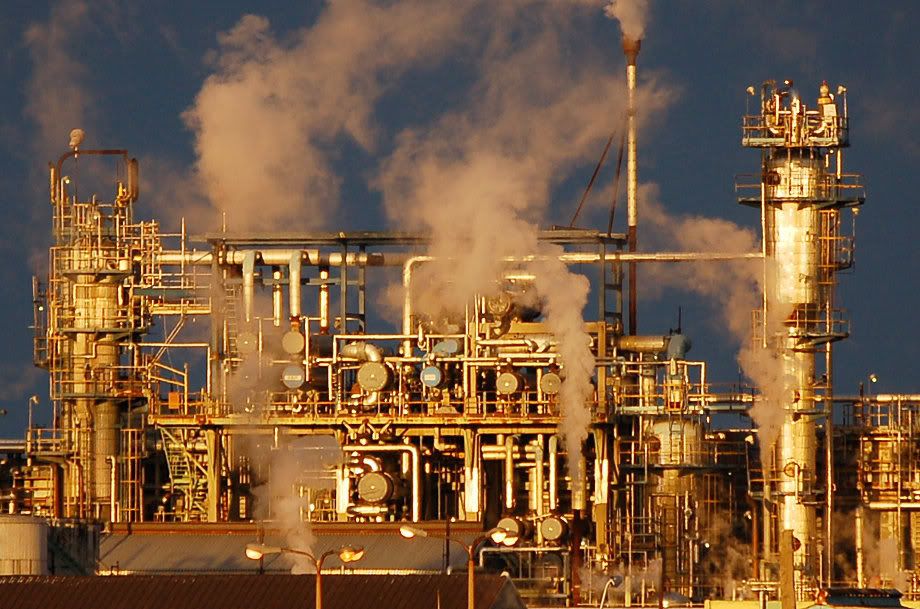
28

29

30
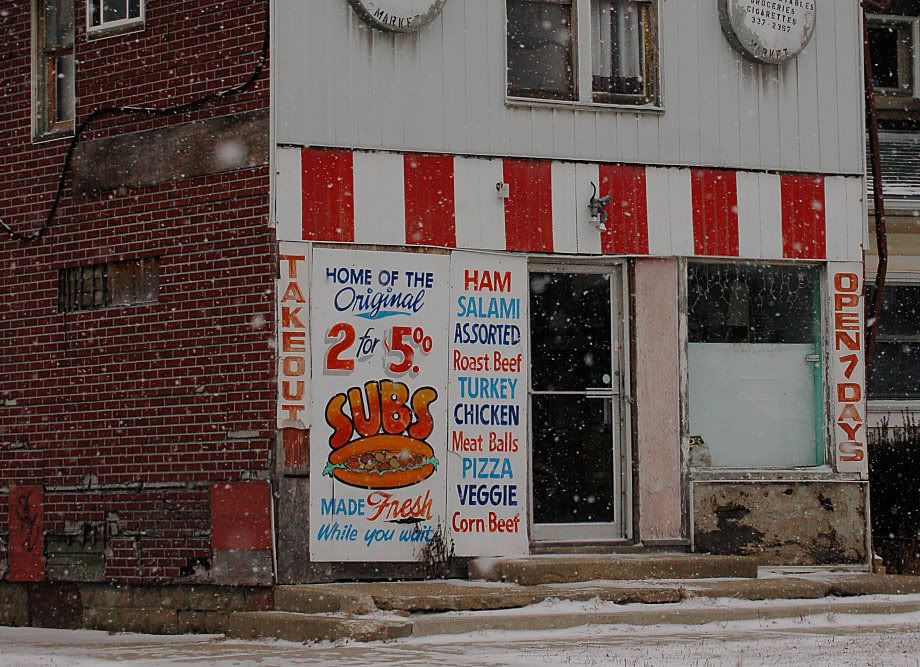
31
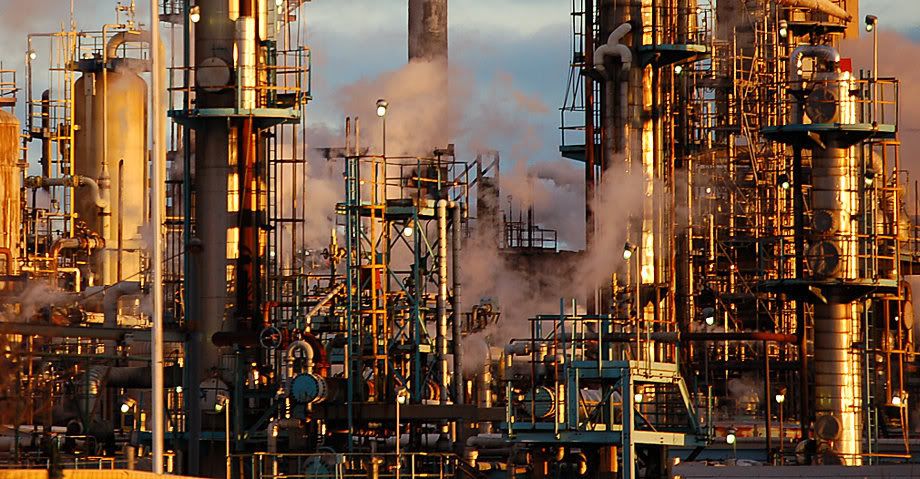
32
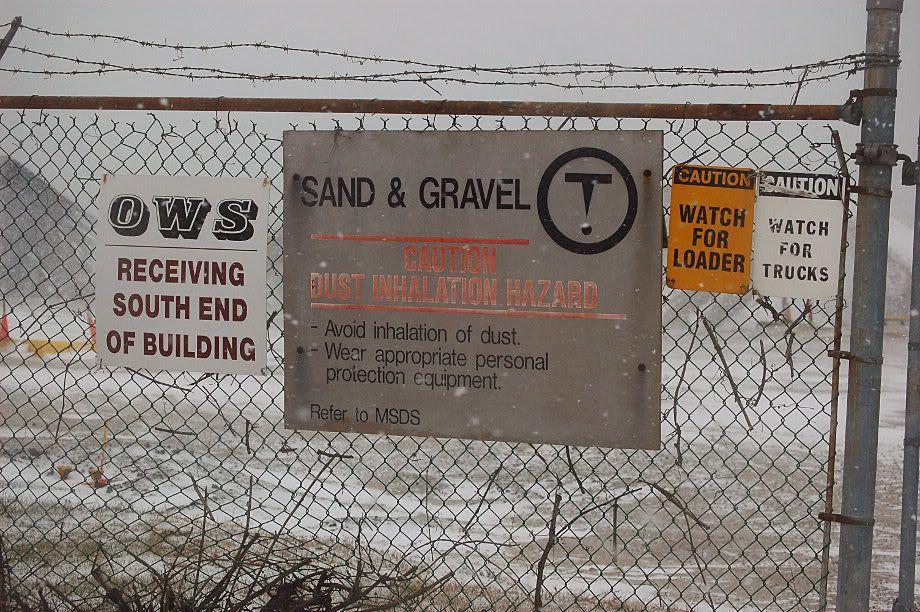
33
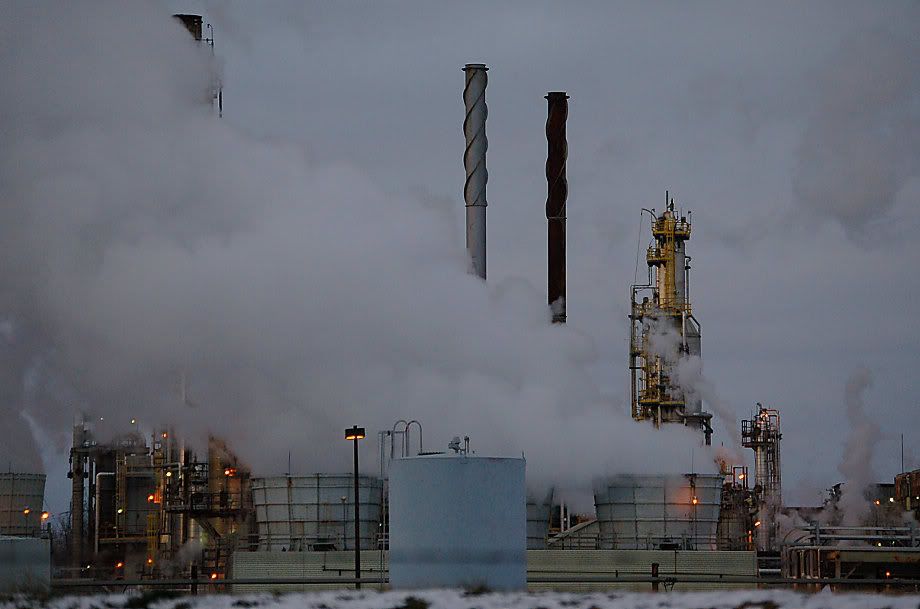
34

35
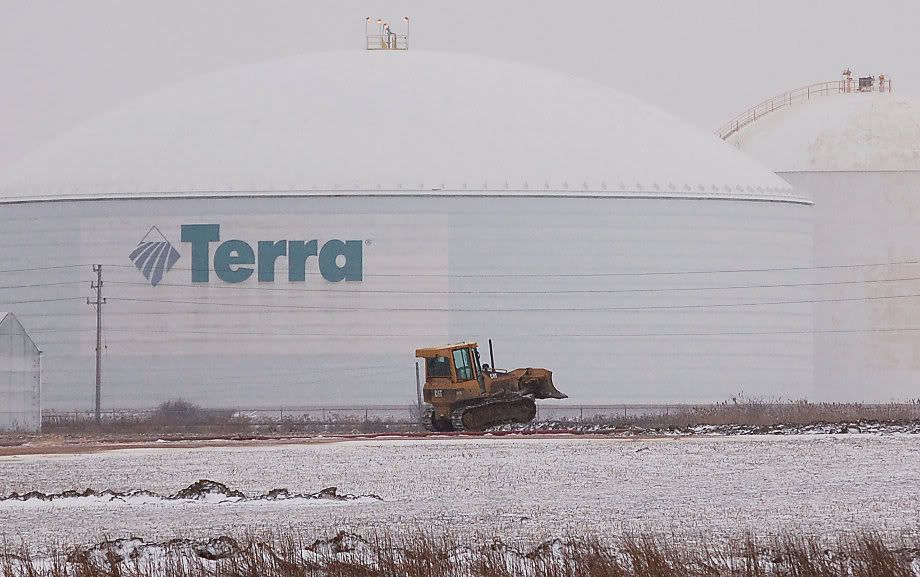
36
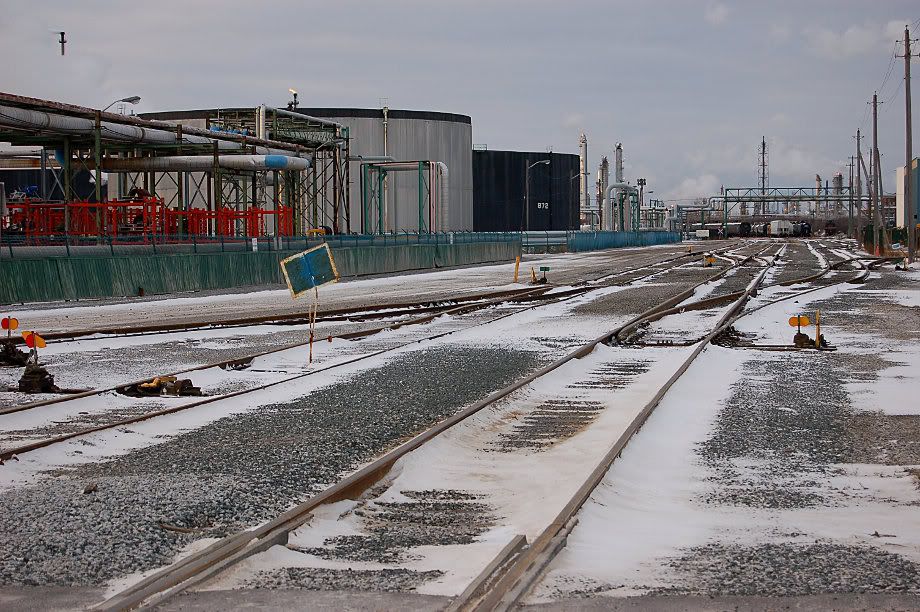
37

38
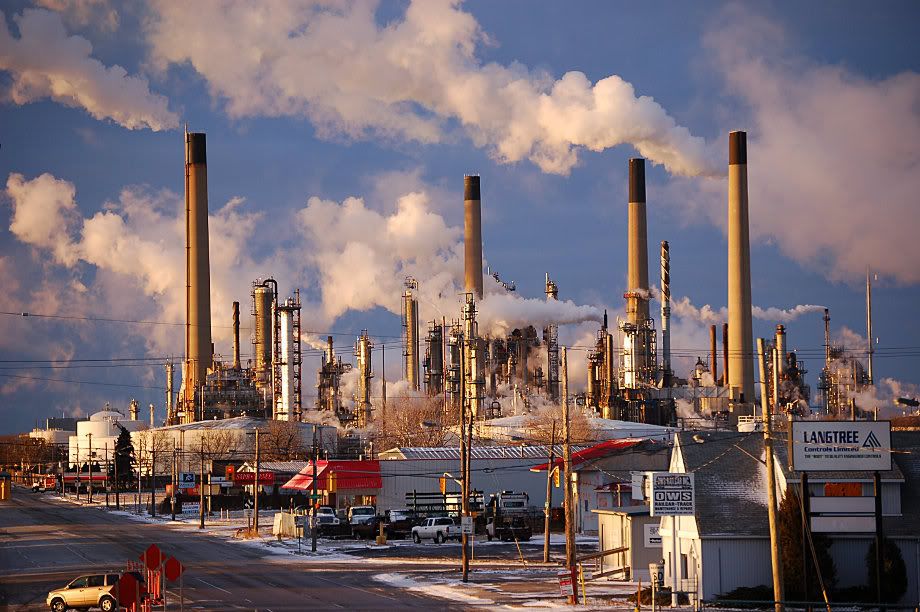
39
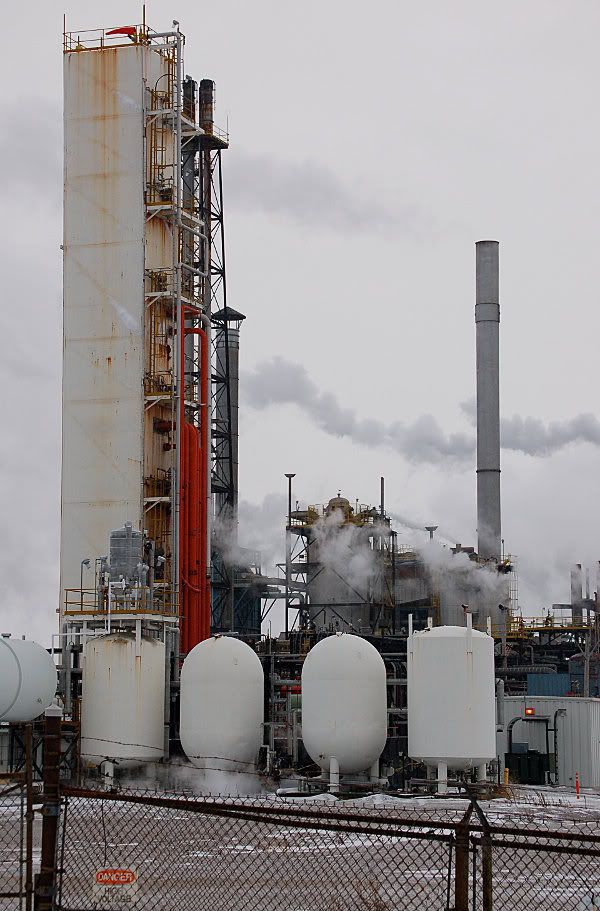
40
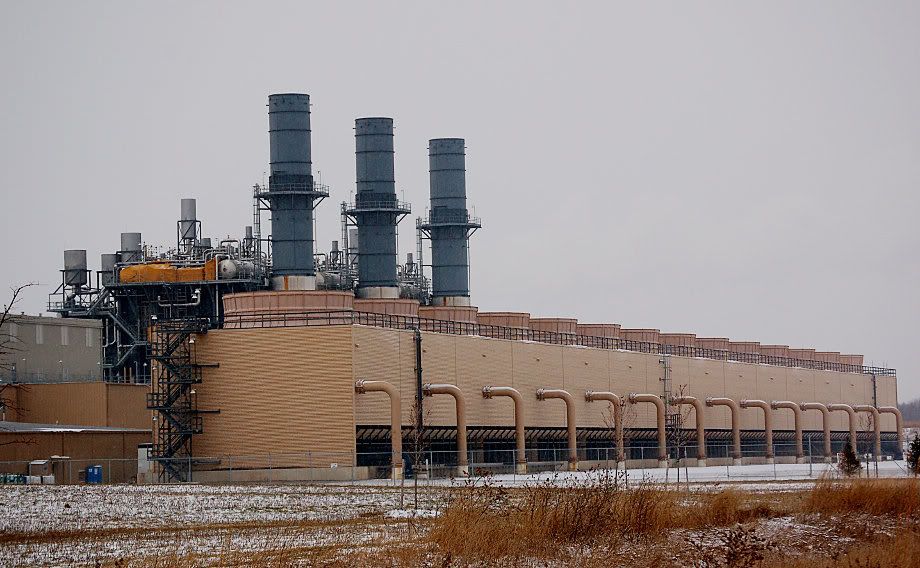
41
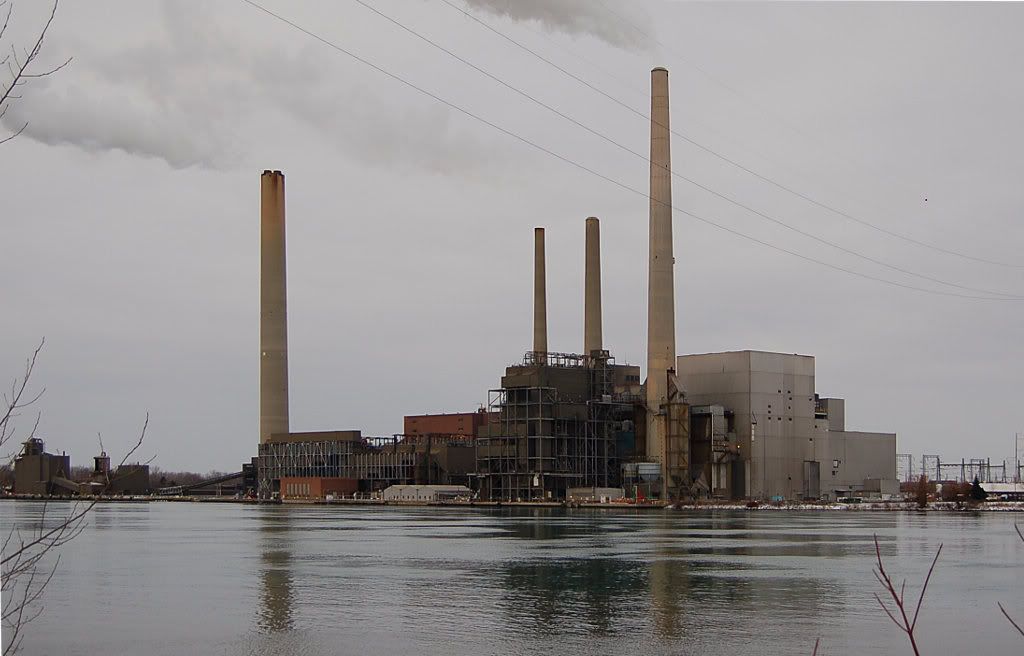
42

43
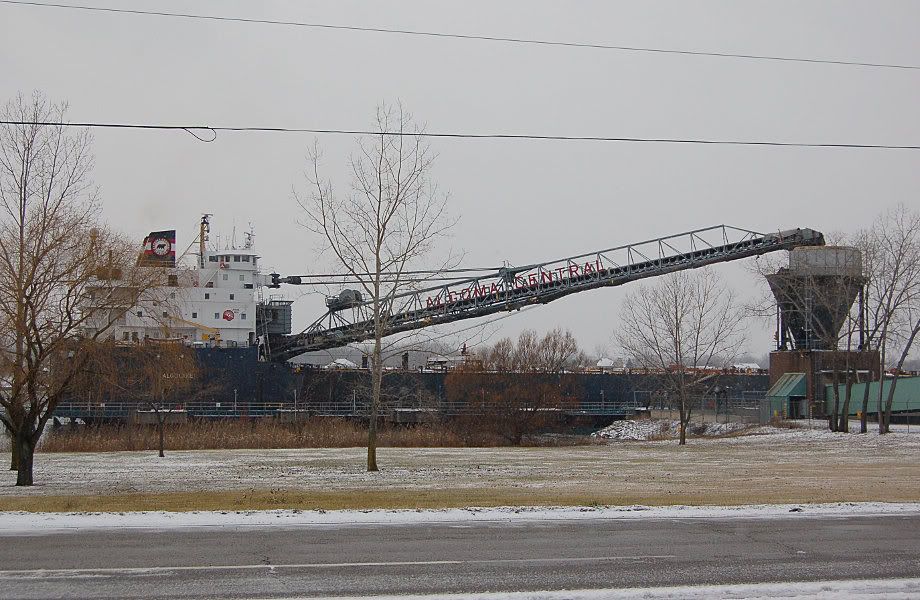
44

45
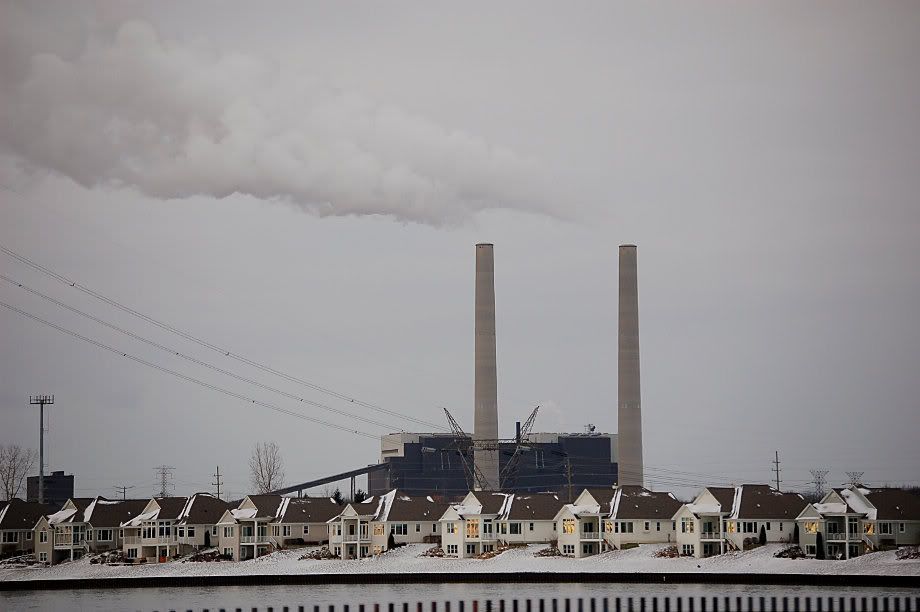
46
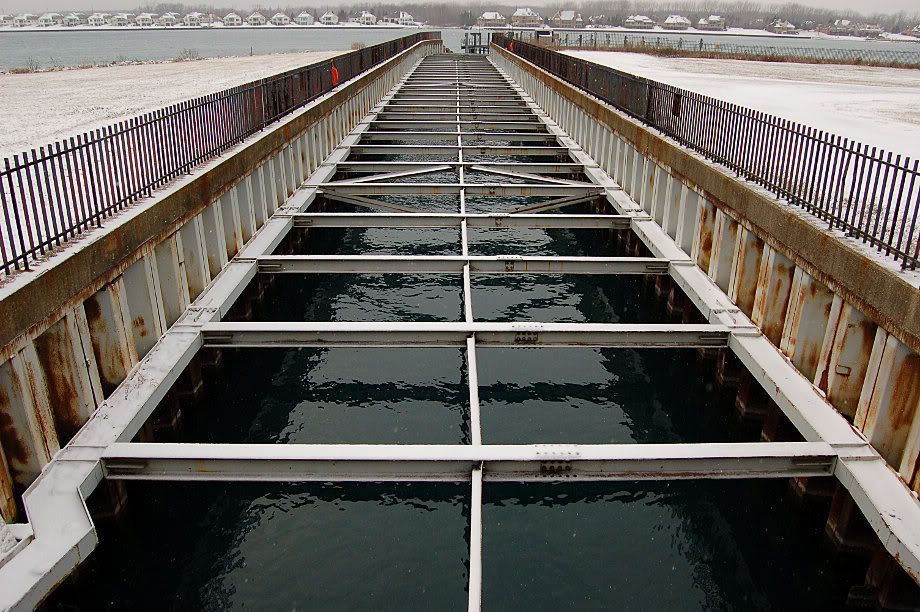
47

48
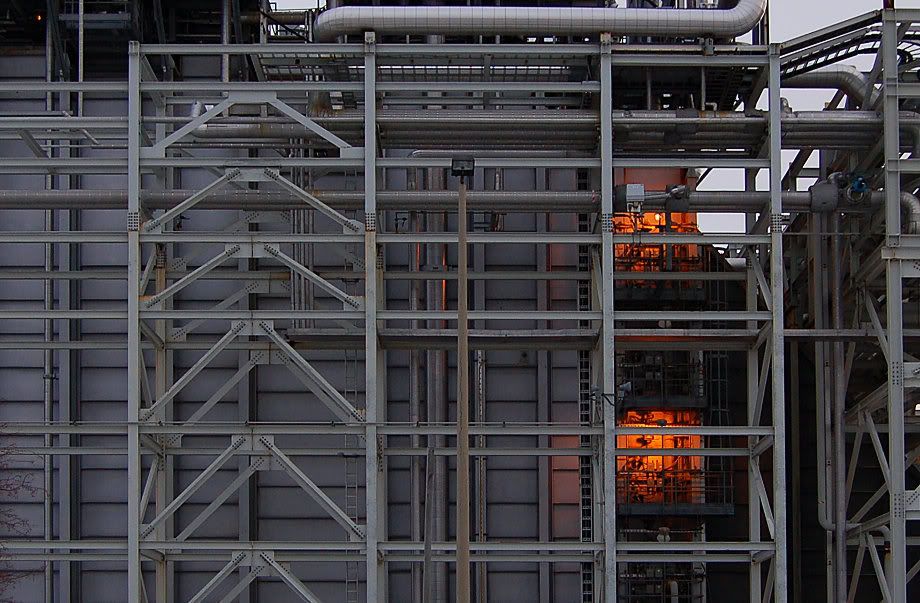
49
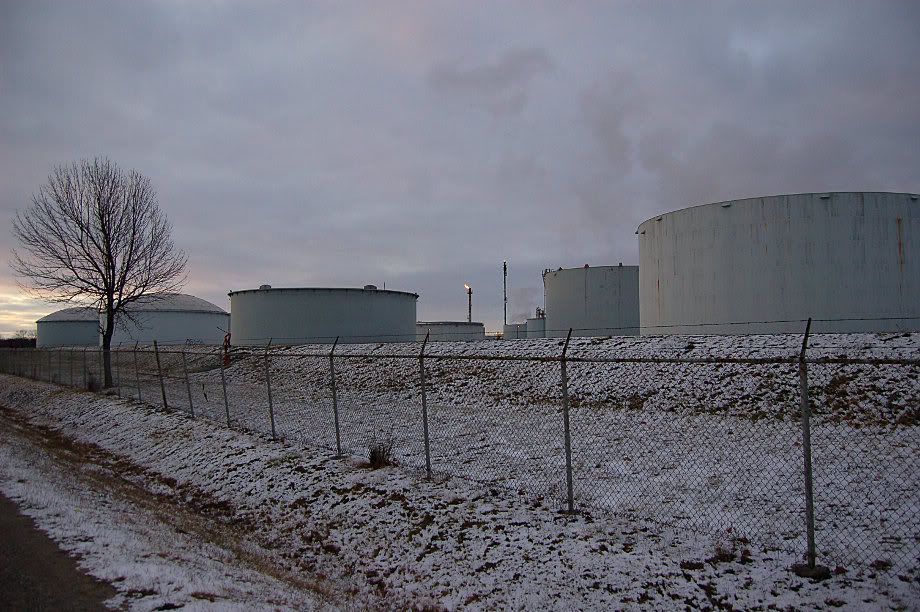
50
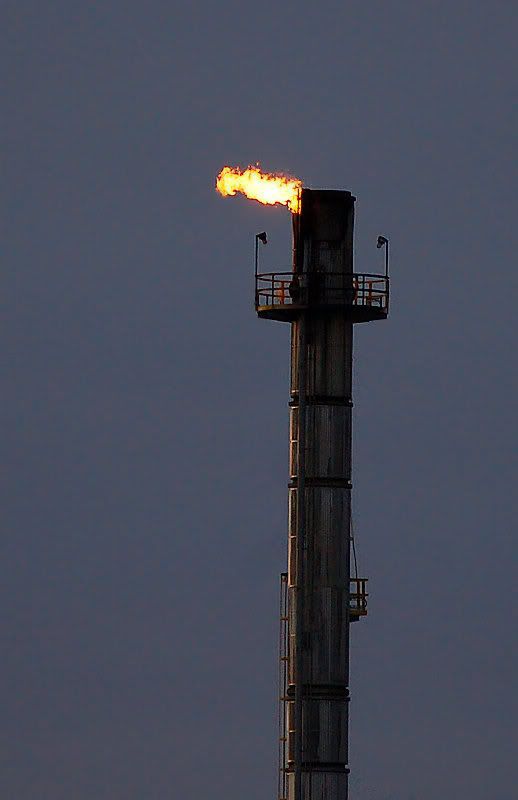
51
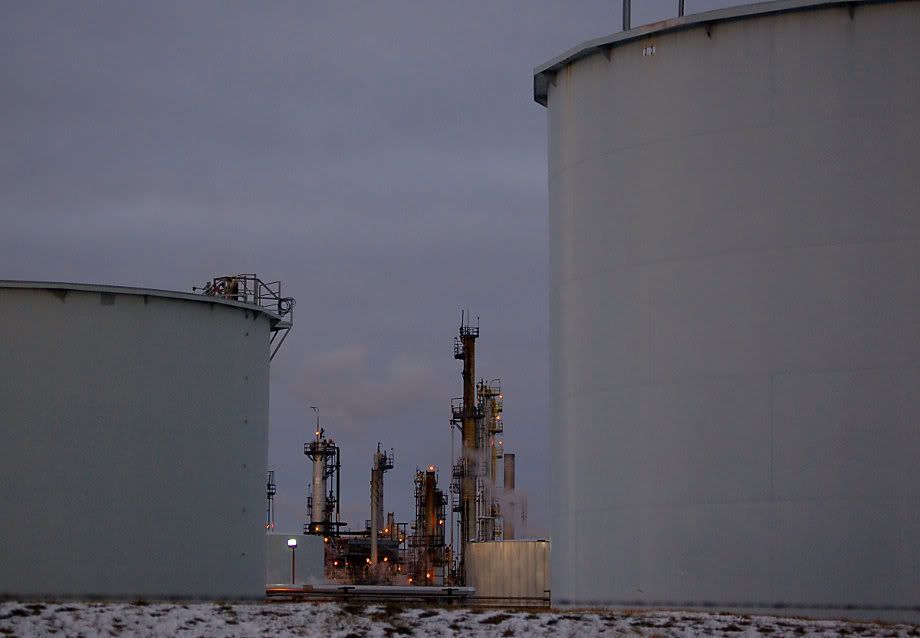
52
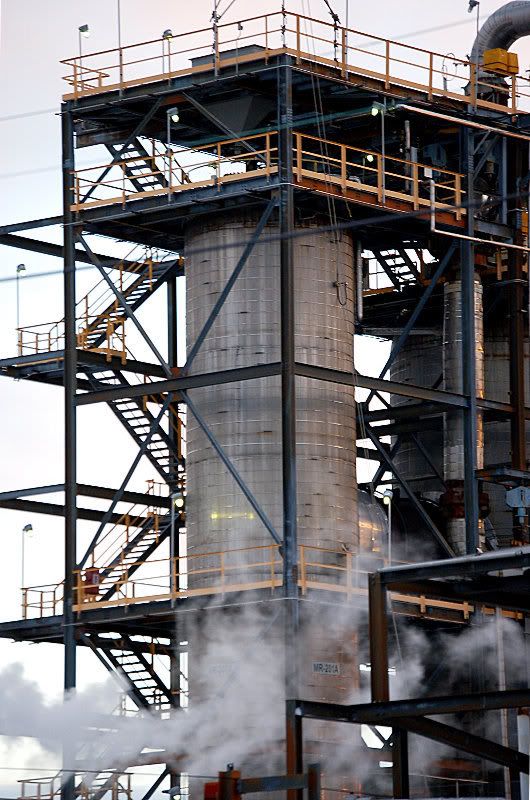
53

54
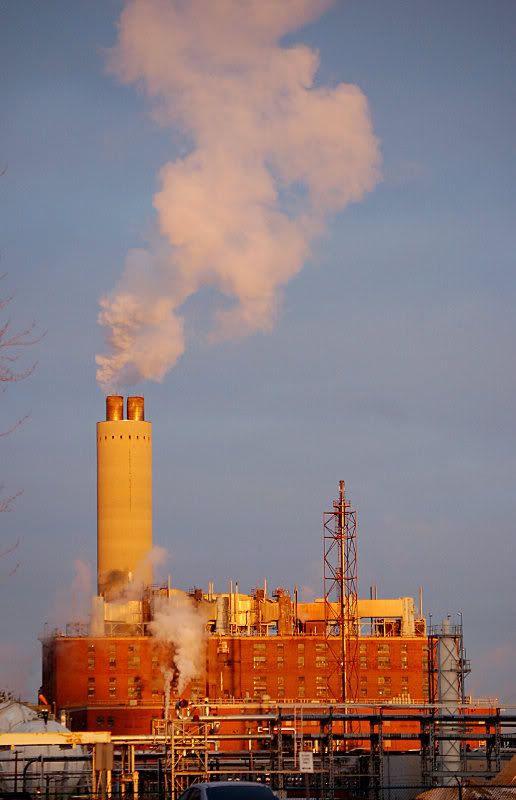
55

56
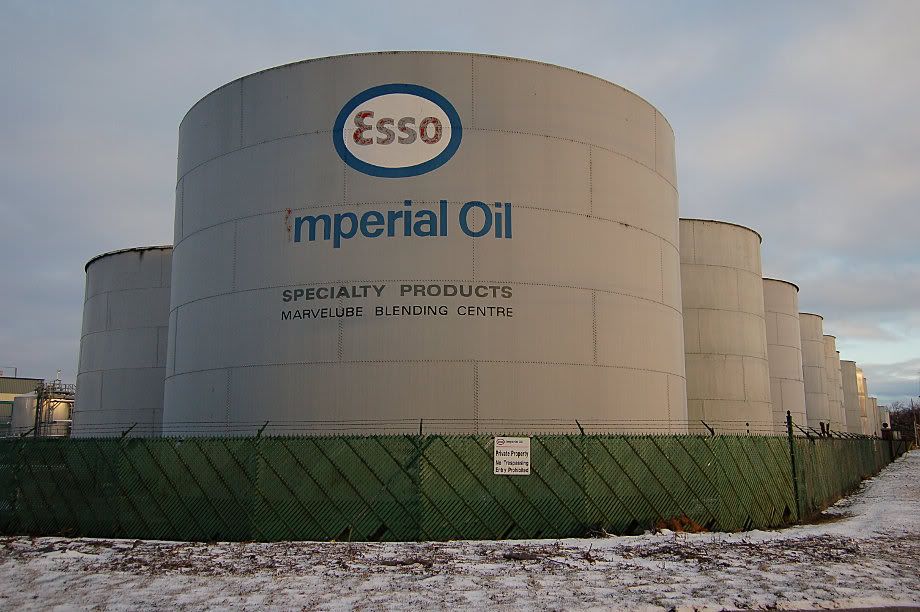
57
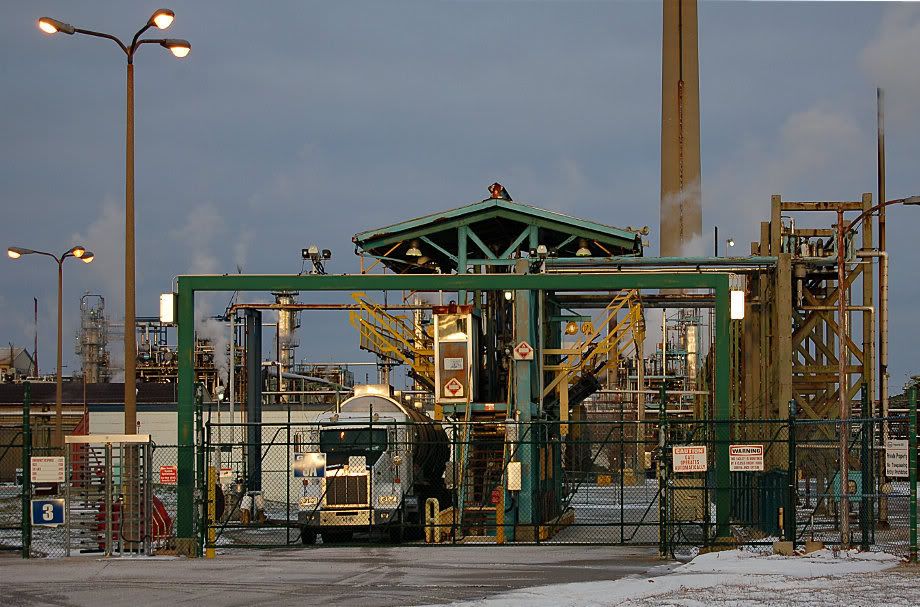
58

59
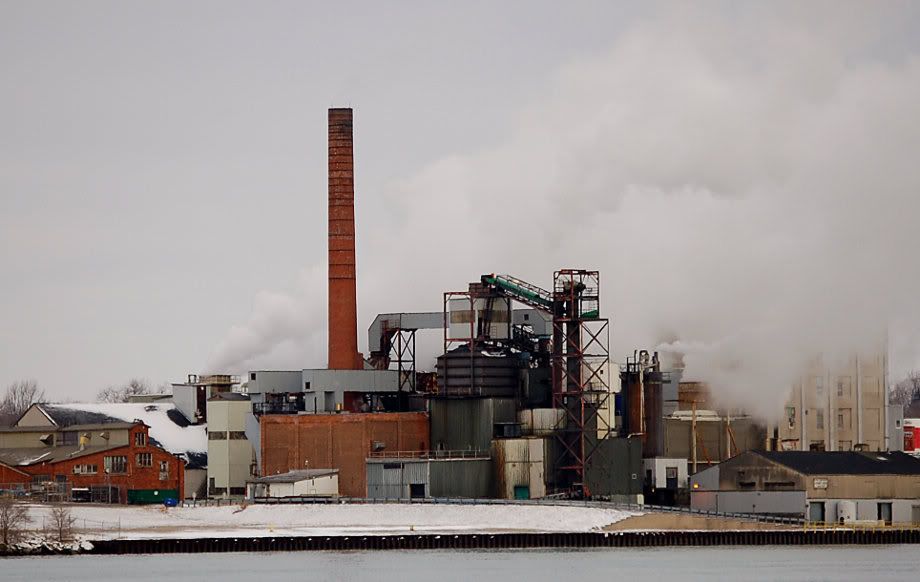
60

61
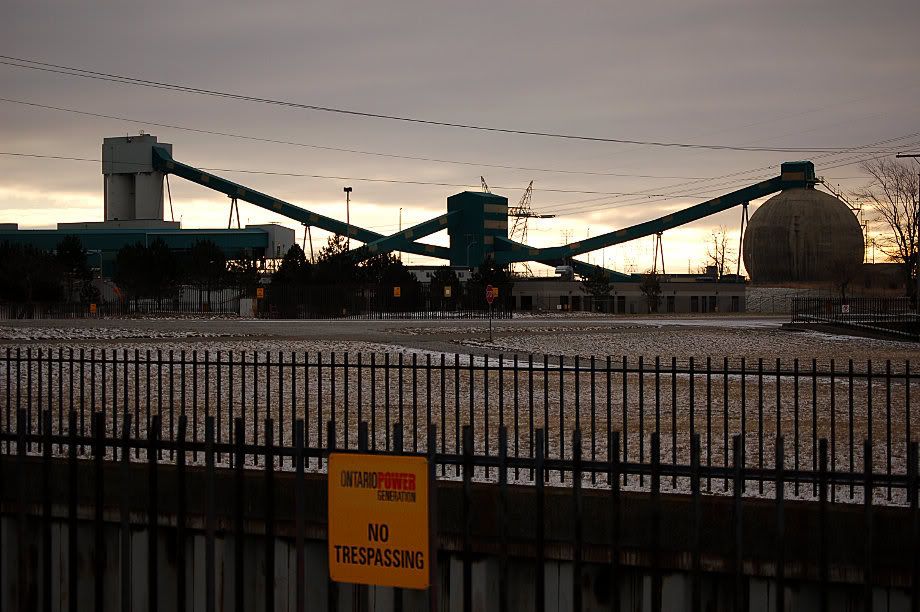
62
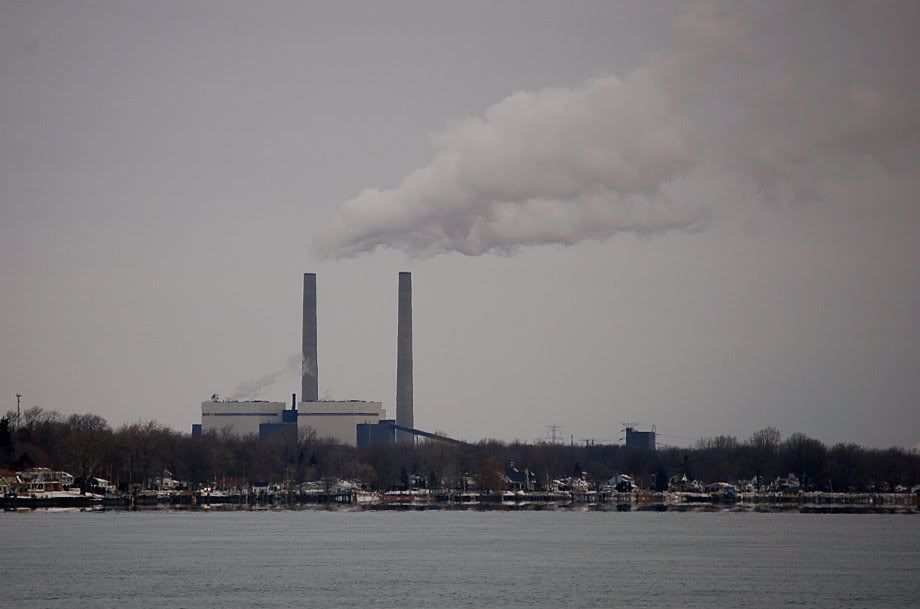
63
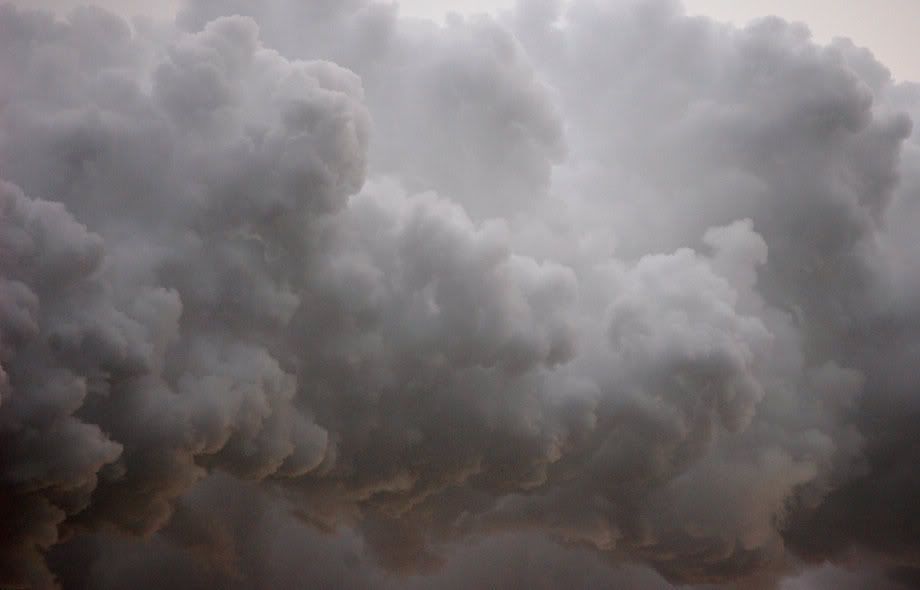

St. Clair River near Sarnia, Ontario and Port Huron, Michigan

This is a tour of the heavily industrialized region along the St. Clair River in Ontario and Michigan. The area south of Sarnia, Ontario is known as the Chemical Valley and forms the centre of Canada's petrochemical industry. The Chemical Valley is an integral part of the Canadian economy, supplying chemicals and raw materials for the automotive, agricultural, pharmaceutical and other industries. The petrochemical industry began in the 1850s when oil wells were commercialized nearby. Combined with local salt deposits and strategic access to other raw materials via the St. Lawrence Seaway, the chemical industry intensified quickly in the mid 20th century. Today oil is piped in directly from Alberta. Further downstream, Great Lakes freighters supply coal to several large power plants on the American side near St. Clair and Marysville, Michigan, and one on the Canadian side just south of Courtright, Ontario. The smokestacks can be seen for miles and miles and the alien landscapes of the many chemical plants make for some impressive imagery.
1

2

3

4

5

6

7

8

9

10

11

12

13

14

15

16

17

18

19

20

21

22

23

24

25

26

27

28

29

30

31

32

33

34

35

36

37

38

39

40

41

42

43

44

45

46

47

48

49

50

51

52

53

54

55

56

57

58

59

60

61

62

63


Last edited by a moderator:




